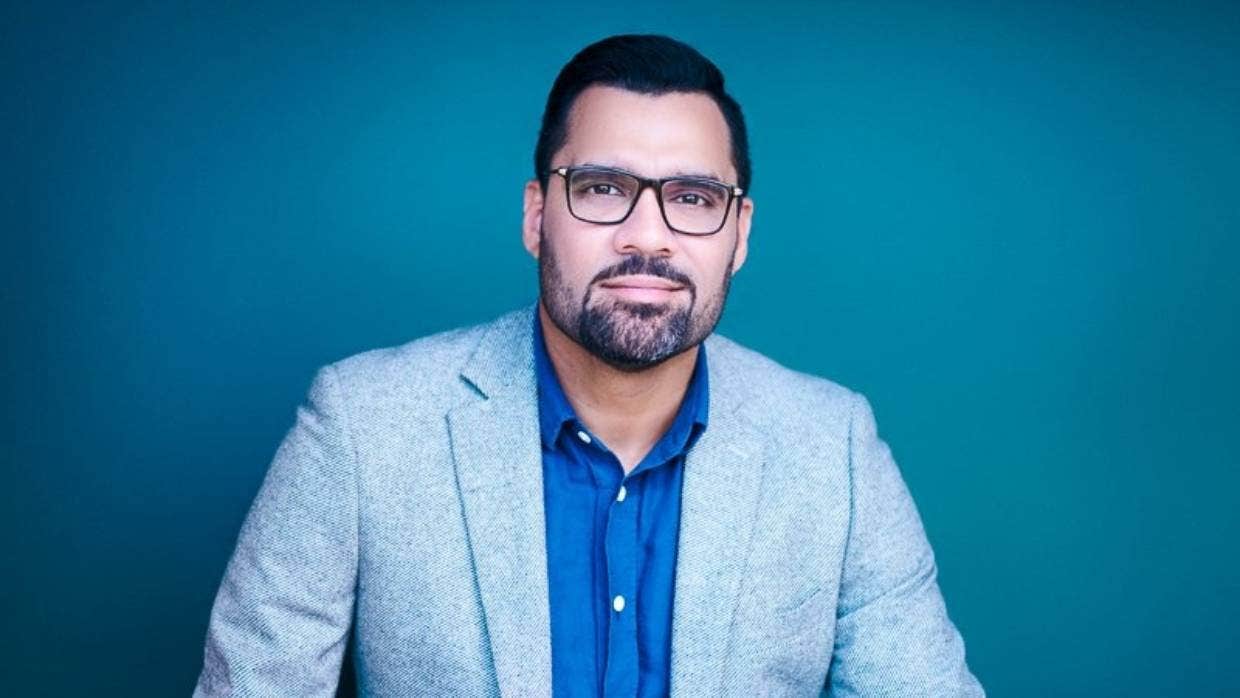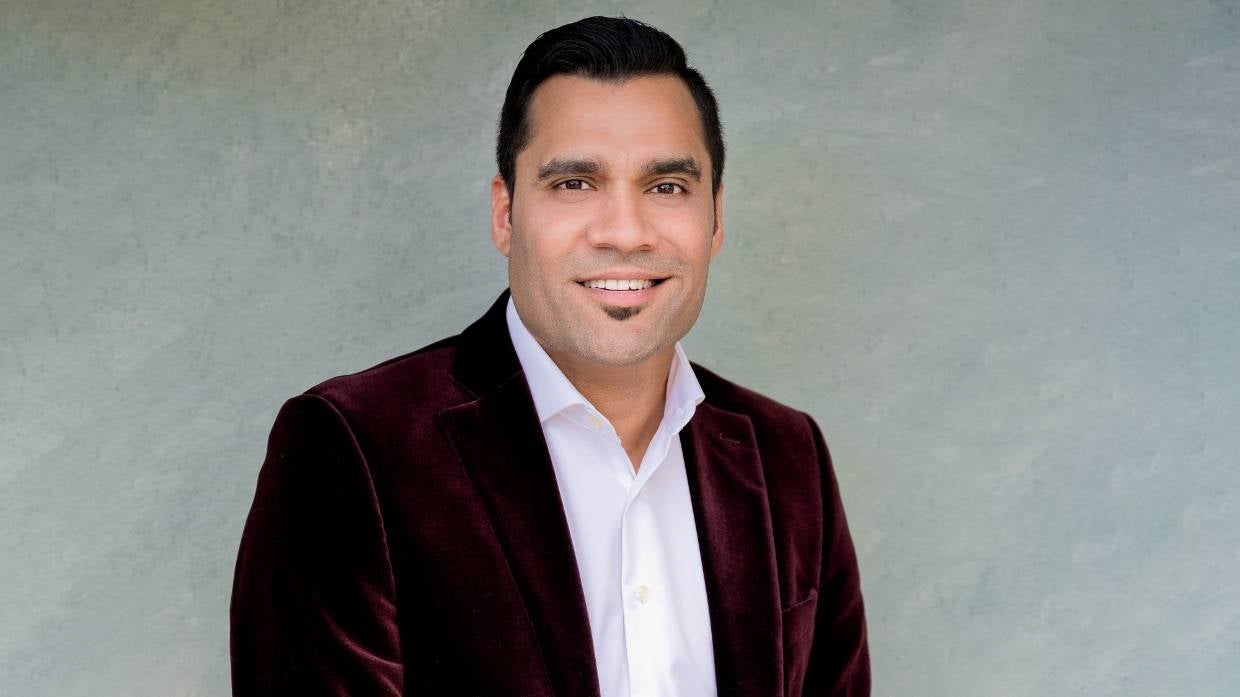Ankur Sabharwal is a New Zealand licensed immigration adviser and the owner of Auckland-based immigration advisory Visa Matters.
OPINION: You have lived in New Zealand for a decade and now you’d like your mother to visit for the first time. Surely Immigration New Zealand will approve her a visitor visa?
My client Madhushani Munasinghe has lived in New Zealand for 10 years. Both she and her husband are New Zealand residents, and they have a one-year-old New Zealand citizen daughter, Elina.
Madhushani’s mother, Ashoka Pathirana, was refused a visitor visa this month because of her lack of ties to her home country, Sri Lanka.
It’s part of INZ’s crackdown on people at risk of overstaying visas or claiming refugee status.
The most effective way to prevent people overstaying or claiming asylum is not to approve them a visa to travel to New Zealand in the first place.
Why INZ is being tough
There has been a dramatic increase in refugee claimants since New Zealand’s borders re-opened after the Covid epidemic in 2022.
I wrote about this in my last column, Refugee claims have exploded since New Zealand’s border re-opened.
The number of people who are overstaying their visitor visas will also have increased significantly, though INZ is not saying by how much – it claims it last estimated the number of overstayers in 2017.
In response, INZ is cracking down on people who cannot prove strong ties to their home countries, including:
- Employment ties
- Family ties
- Financial ties
- Any other personal commitments in their home country.
Because Ashoka, who is aged 54, is not working in Sri Lanka, and has only one adult son living there, INZ won’t approve her a visitor visa to visit Madhu for six months.
This is despite my client Madhushani following her visa conditions for 10 years. She and her husband Sam Remigias, a baker, were approved residence more than two years ago.
Why this is unfair
I’ll let Madhushani explain why this is unfair:
“ Sam and I both work full time and with so much effort and hope we applied for my mother’s visitor visa so that she can get to know our daughter, her very first grandchild.
“ Me and my husband would have felt comfortable if our daughter had been looked after by a family member.
“Now that we have no choice but to put our daughter into day care we feel distressed as we didn’t wish her to be looked after by strangers until she is a bit older. Our daughter is a premature baby who doesn’t do well with strangers and around many people.”
Madhushani and Sam are now considering sending Elina to Sri Lanka where Ashoka can look after her.
INZ says it was following Government policy
INZ says it was following Government policy when deciding to decline Ashoka’s visitor visa application.
Visitors need to show they have ties to their home country, or INZ will decide that they do not meet the definition of a “bona fide temporary entrant”.
But this definition also requires INZ to consider the purpose of the applicant’s visit to New Zealand – clearly, Ashoka has genuine reasons to visit her daughter, her son-in-law and her granddaughter.
“ It was heartbreaking to know that the reason to decline the visa was because my mum was not employed,” Madhushani told me.
“It’s normal in our culture to support our parents therefore me and my husband, and my brother looks after my mum as we did not want her to work.
“However, with this decision we were denied a precious time and a memory for our baby and us.”
Cruelly, applicants who are refused visitor visas receive INZ’s generic decline letter, which reads: “ After considering the information available to me, I am not satisfied that your personal circumstances demonstrate sufficient ties to your home country.”
INZ’s response
After writing this column, I showed it to INZ and asked for their comment.
INZ responded by giving two new and contradictory reasons why Ashoka’s application was declined. Neither of these reasons was mentioned in INZ’s decision letter:
- Immigration Manager Nikunj Vithalani said no information was provided about who would look after Ashoka’s sister, who requires 24-hour care, while Ashoka is in New Zealand.
- Jeannie Melville, Director, Visa, said INZ was aware that Ashoka’s sister was looked after in a hospital in Sri Lanka, but there was insufficient evidence provided about how this would mean that Ashoka would return to her home country after her visit to New Zealand.
INZ now says it is keen to clarify this situation and has offered to consider a Limited Visa as a priority if Ashoka reapplies.




